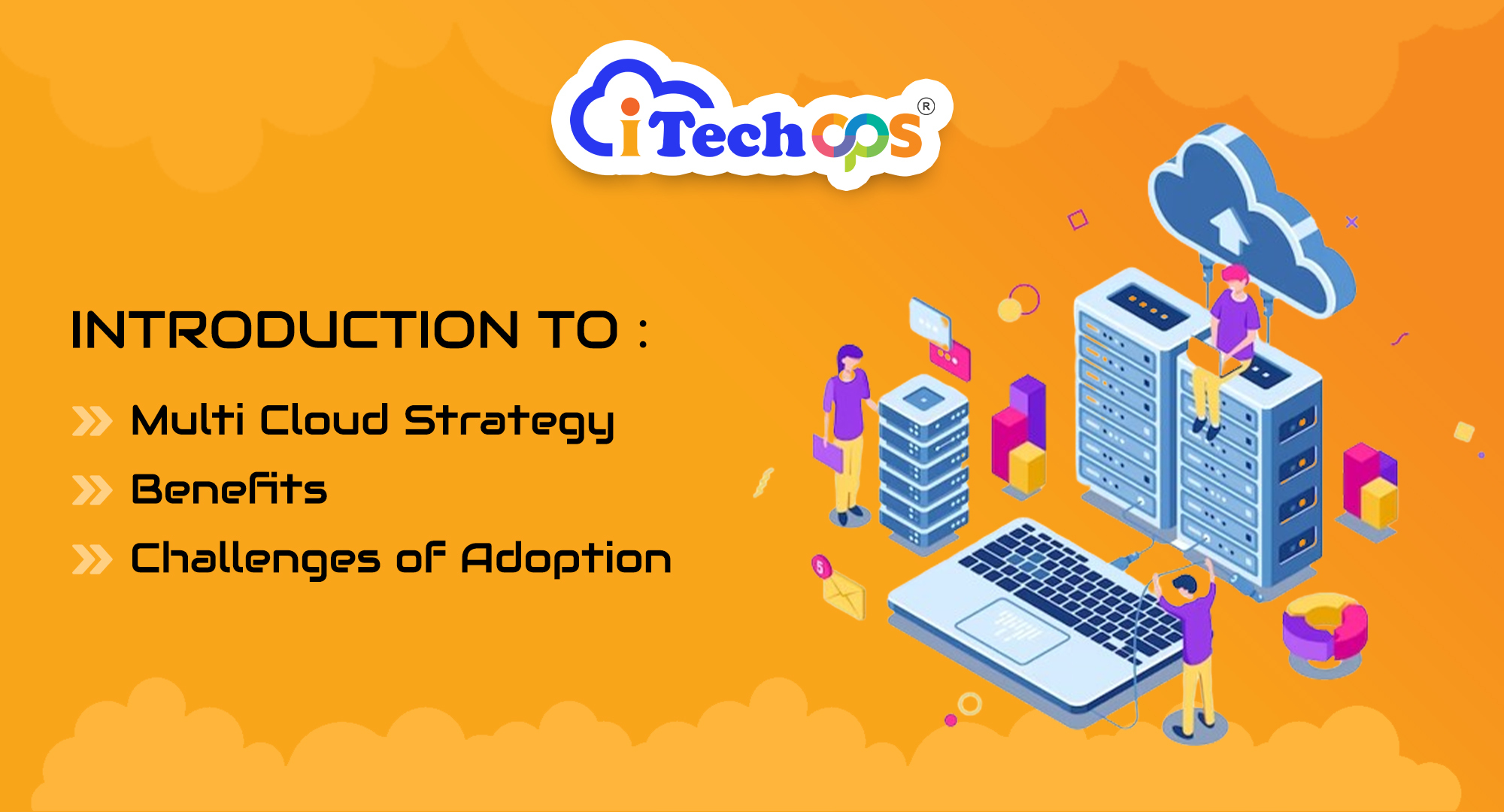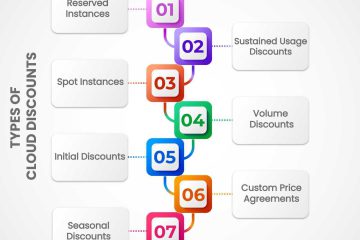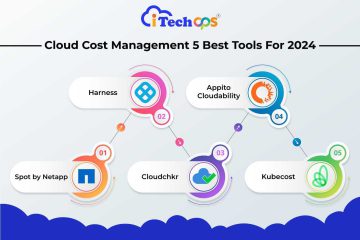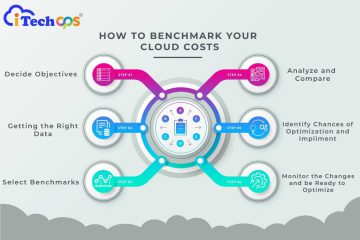Multi-Cloud Strategy, Benefits, and Challenges- Introduction

As our businesses grow, our data pile also increases. Now, this data can be in any form and type. But storing all this data is necessary as it helps us to run our business. So, how will you store all this data for all the years that your business runs? Do you think you’ll maintain files for it? Well, that’s what used to happen before. But thanks to the multi-cloud strategy, we no longer have to pay for these files and their maintenance.
As businesses moved towards digitalization, cloud technology was introduced. This technology saved us from the burden of storage, but that wasn’t it. It kept updating itself and came in multiple strategies. One is a multi-cloud strategy that helps modernize the business processes, stores your data, and helps you easily access them so your work doesn’t stop anytime, anywhere.
The multi-cloud strategy also has many models which serve various purposes. Your purpose could be business, workload, or governance requirements, based on which you can choose PaaS, SaaS, or other models in a coupled architecture.
But before digging into that, let’s understand more about the multi-cloud strategy.
What is a multi-cloud strategy?
When you use only one cloud vendor, you give them all the data and nitty-gritty of your business. You become much dependent on them. If their server is down, your business is likely to suffer entirely. Moreover, there are chances of data breaches, too. Thus, considering these factors, people switched to multiple cloud providers. This is known as the multi-cloud strategy. So, if one cloud server is down, only one aspect of your business gets affected, but the remaining aspects can run smoothly.
Multi cloud service management helps companies by giving a suitable solution for their unique problems. The Flexera report states that 93% of businesses use a multi-cloud environment today. Thus, we understand the importance of it in elevating businesses.
Benefits of multi-cloud strategy
When you use multi cloud service management, it becomes easier for you to grow. Why? Check these benefits.
No Vendor Lock-In
The expectations and features are limited when the company’s needs depend only on one cloud service provider.
Moreover, if you want to switch later, transferring all data and applications to other cloud providers becomes expensive and time-consuming. Thus, when a business has used a multi-cloud strategy since the beginning, it can eliminate this issue and easily use many applications together to get results manifold.
Enhanced performance
When you use the same cloud service provider for many services, you can land a problem because the same service provider may not be an expert in 360-degree aspects of running your business. Sometimes, it may result in slower application times and performance glitches. If this happens, it will hamper the results of your business and lead to poor customer experience. Can you risk losing customers? The answer is undoubtedly NO.
Thus, with a multi-cloud system, you can choose different cloud service providers who are experts in various aspects to run your business smoothly.
Higher scalability
There’s no one-size-fits-all solution as all businesses have different needs. So, you can optimize cloud-based workloads and increase the scalability of your business when you opt for a multi-cloud strategy.
Increased Uptime
When you use only one cloud service provider, you may have to face server downtime issues. If this happens, you’ll face some incredible losses. While most cloud providers promise 99.5% runtime, you cannot predict when there can be a server outage.
But, if you use a multi-cloud service, it becomes easier to transfer data from one service provider to the other and keep your business operating. Thus, you get an advantage of increased uptime.
After understanding the benefits, let’s see its associated challenges.
Challenges of Multi-Cloud Strategy
Although it has its set of benefits, we cannot neglect its challenges.
Financial
When you switch from a single cloud to a multi-cloud strategy, you will have to burn holes in your pocket. This cost is for transferring all the data and optimizing data storage with multiple vendors.
Thus, you must ensure your cloud mix finally offers you cost-efficient and efficient performances.
Technical
Choosing a cloud vendor who provides the services you need can be challenging. Searching for the one who offers you advanced expertise and experience can be a complex process.
Data Safety
Of course, your data is the most crucial thing. So, while you upload your data on many cloud platforms, you need to ensure data security.
Different cloud providers follow different security and data privacy policies, so read them thoroughly to know what happens with your data.
Tips for successful adoption of multi-cloud strategy
Never forget these points if you want your multi-cloud system to work efficiently.
– Have a clear roadmap of your objectives. It will help you choose the right service providers.
– Track the cloud service provider’s records. See if they are expert in the domains that you require.
– Don’t pay for the services your business doesn’t use. Optimize your cloud servers in a way that serves your needs only so you don’t have to pay extra.
Conclusion
With advancing technology, even cloud services are evolving. Now, they offer more scalability, advanced and efficient performance, higher uptime, and increased data storage. You can connect with multiple cloud service providers to ensure who fits your requirements and can help you escalate your business.
Hope our guide to multi-cloud strategy will help you clear your mind and implement it in your business rightfully.



0 Comments